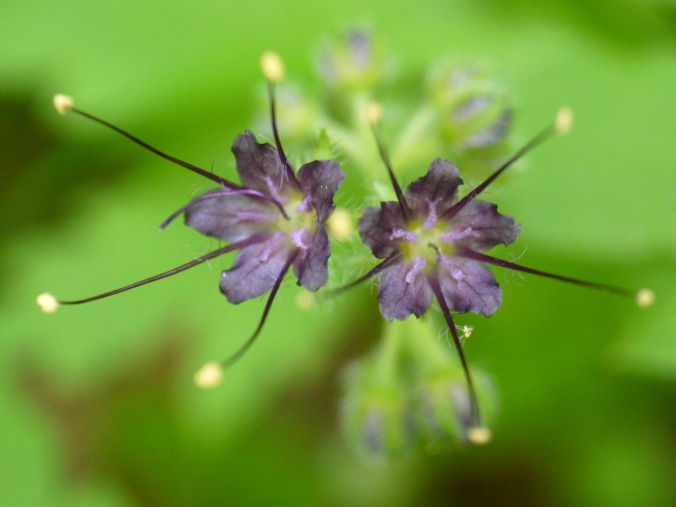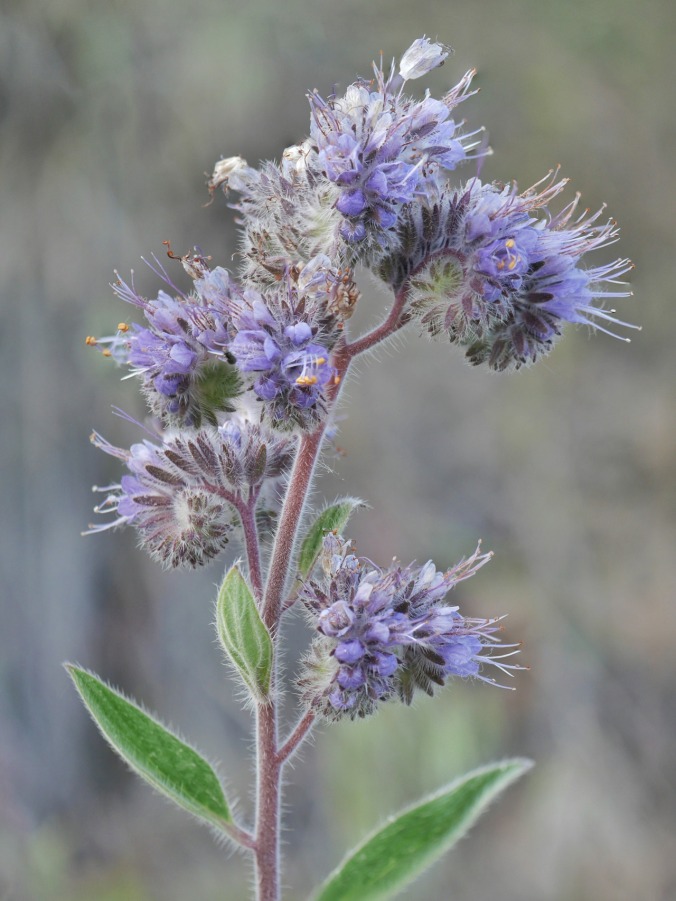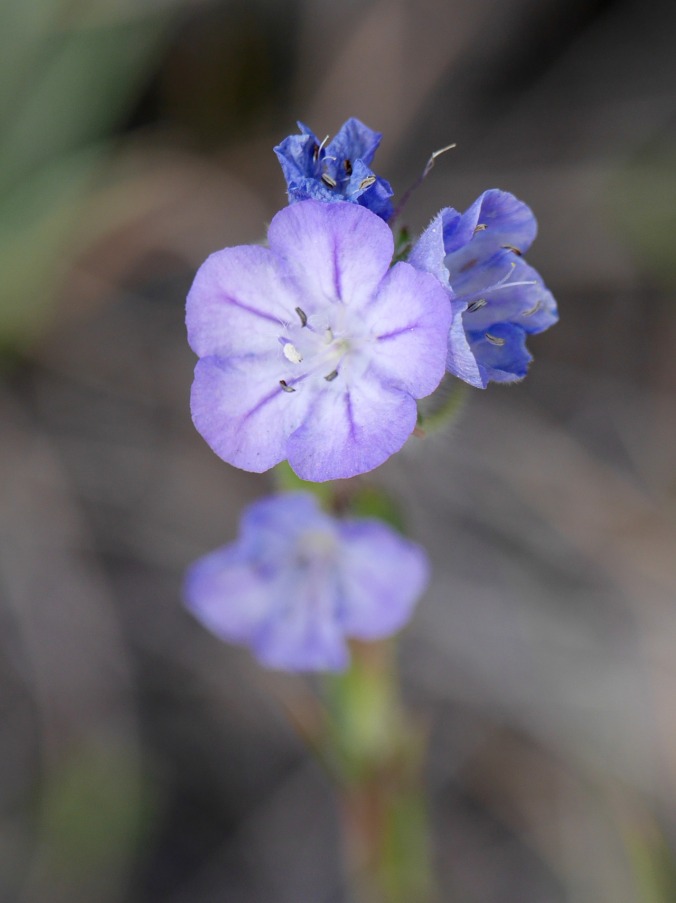
Sisyrinchium montanum “Montana Strict Blue-eyed-grass” Iridaceae
Missoula, MT
May 27, 2017
Robert Niese
It’s easy to miss these little, unassuming members of the iris family. As their name suggests, at first glance they look very much like grass, but their showy purple blooms give them away quickly. Various species of Blue-eyed-grass grow throughout North America, where they tend to be found in wet or vernally wet meadows, grasslands, and irrigation ditches. I’ve been walking by these plants every day for months, but I didn’t even notice until they started to bloom!








